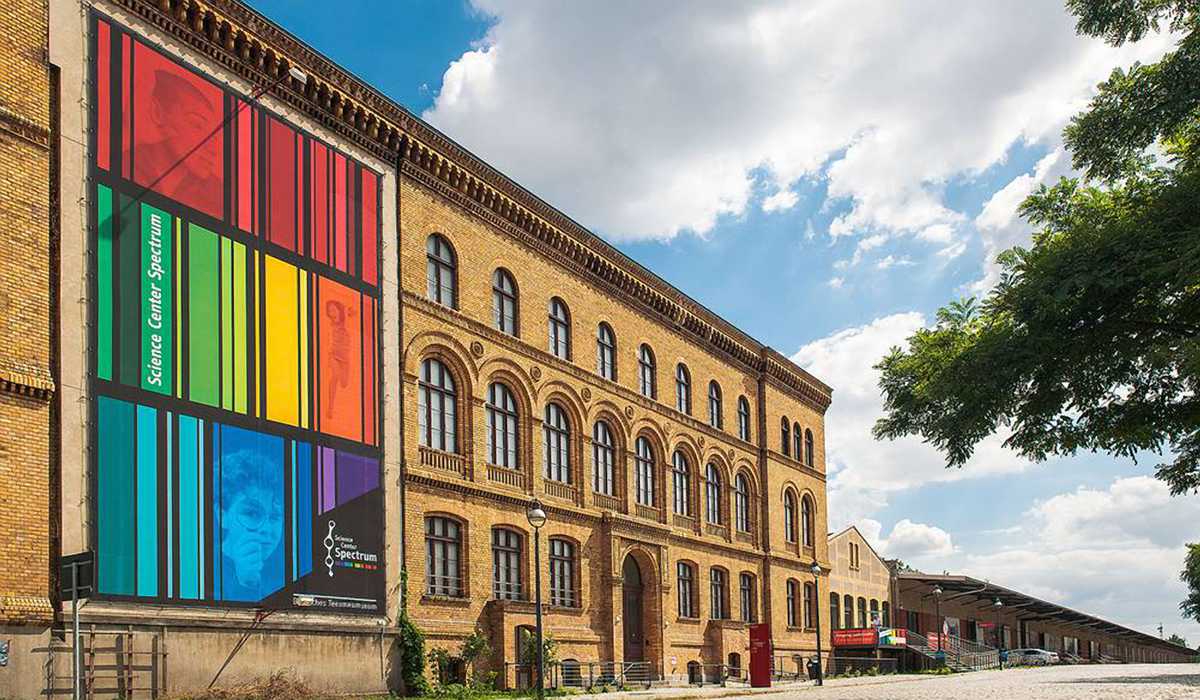The Spectrum Science Centre will appeal to children and adults alike. It is part of the German Museum of Technology and is housed in a detached three-storey building that was once the administration building of a railway station.
You can carry out all kinds of experiments, both technical and physical, and explore the mechanisms of our perception using the equipment installed to illustrate the laws of technology and many phenomena of the world around us (around 150 different exhibits are used for this purpose).
Many of the experiments focus on various branches of physics — optics, mechanics, acoustics, electromagnetism and even nuclear physics — but other sciences are also represented: astronomy, mathematics and modern scientific disciplines such as communications technology.

The work of the Spectrum Science and Entertainment Centre is experimental rather than theoretical, although there are guided tours and group demonstration activities. Visitors are expected to have learnt the general concepts and principles of the laws, either independently or at school, and will be able to carry out experiments in the facility.
But don't think that the attractions are only for schoolchildren — the exhibits are always well attended and children under five are welcome (although it is not recommended that children under five visit Science Center Spectrum). Adults and children alike will find it interesting to watch rainbows form without water mist, and to learn about electricity, sound and perception.
Exhibits that symbolise ancient knowledge and new discoveries are closely interwoven in the halls of the institution. There are familiar items, such as the famous Foucault pendulum and the regular mirror room, but there are also some very original items, such as the interesting revolving hut.
Other exhibits range from the familiar, such as the lever-operated kitchen scales, to the more sophisticated, such as the Wilson chamber, used in radiophysics to record the movement of radioactive particles with the naked eye.











